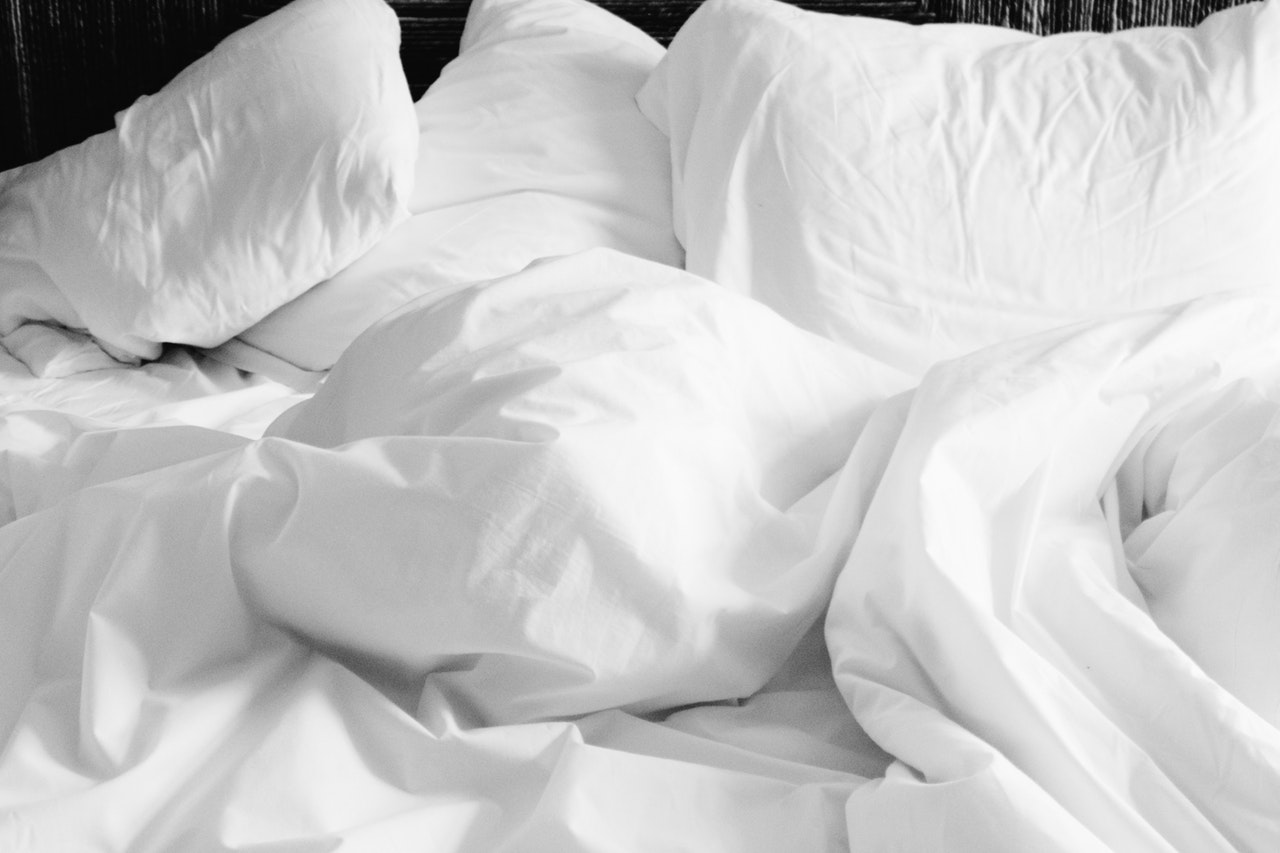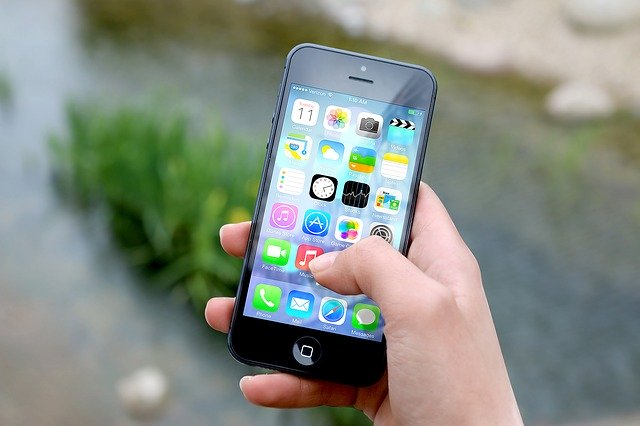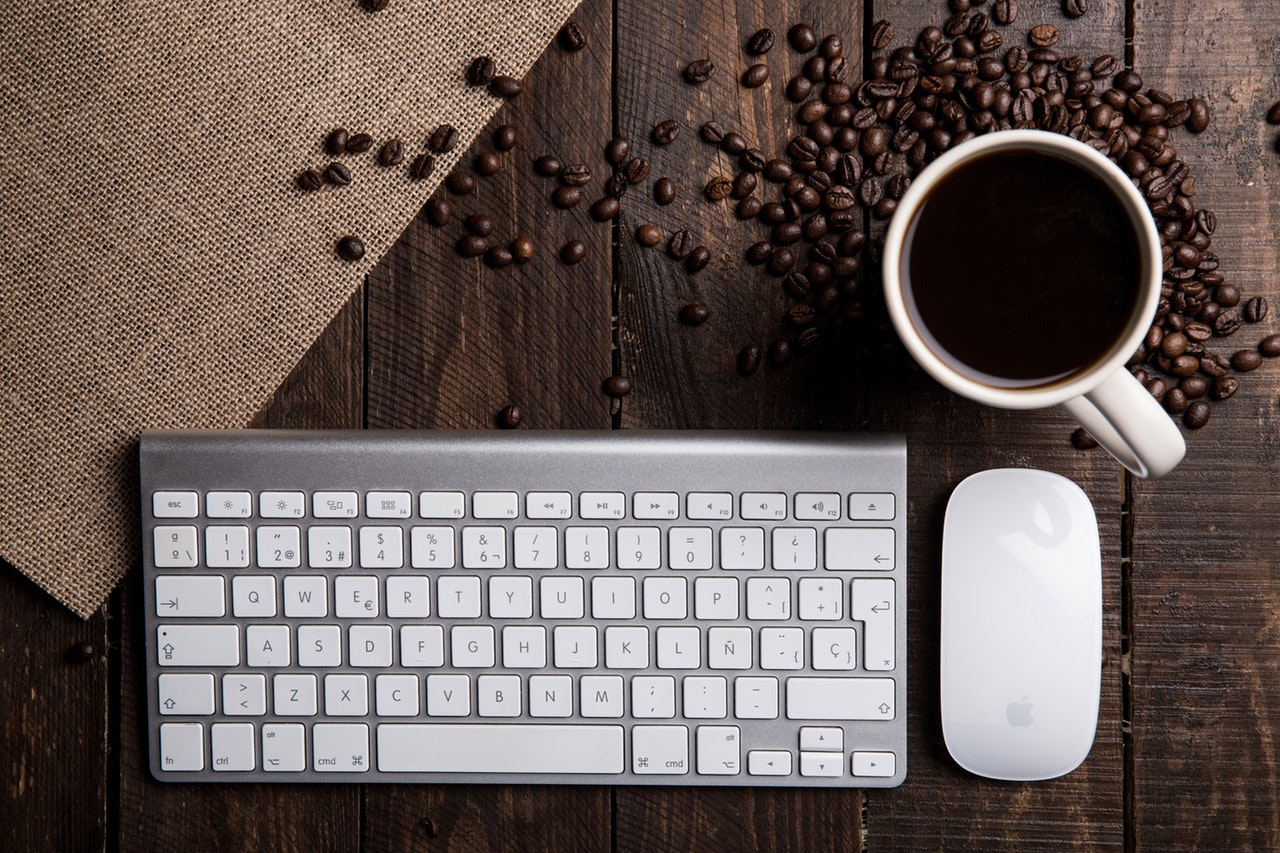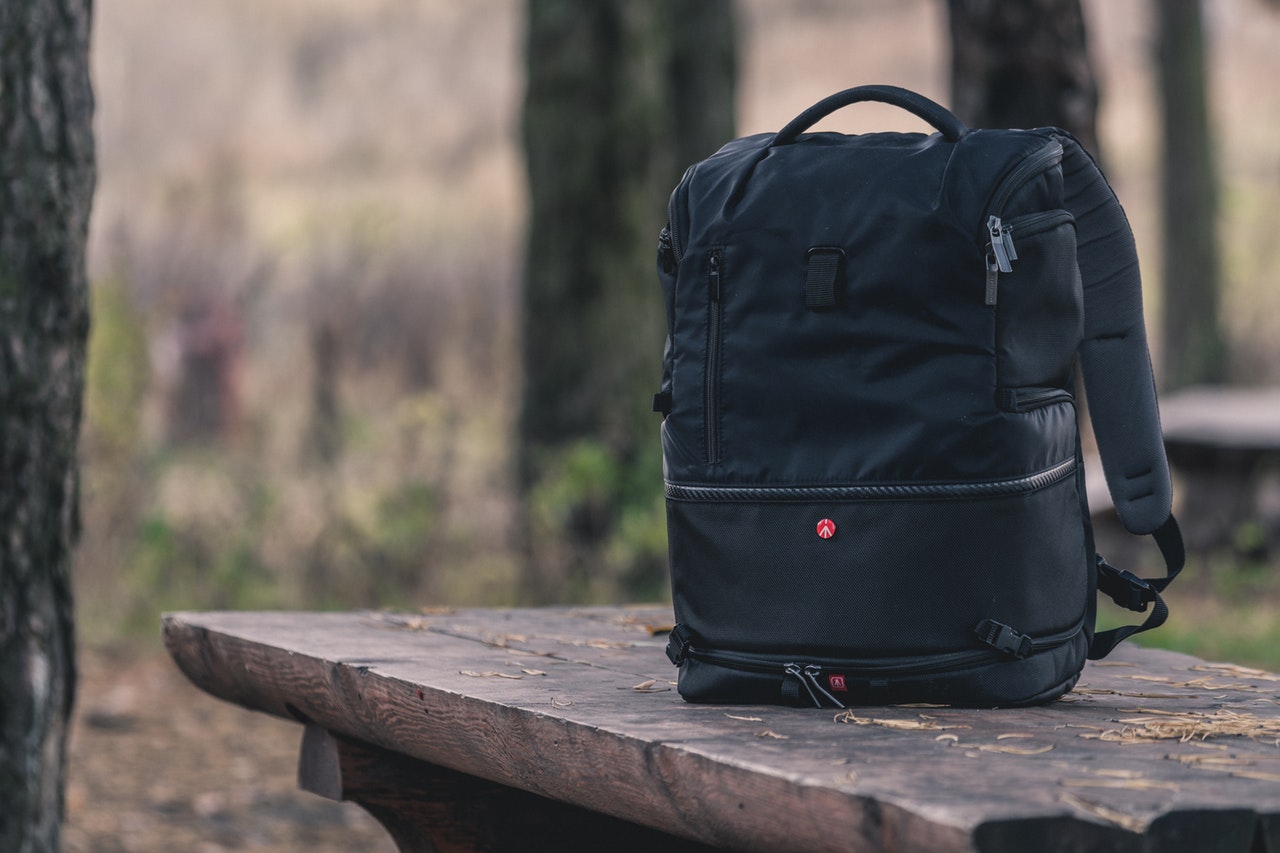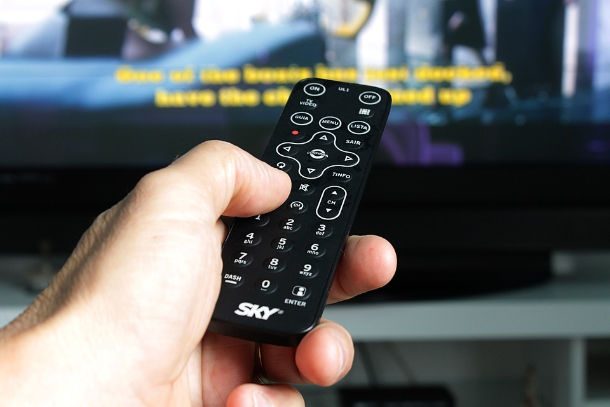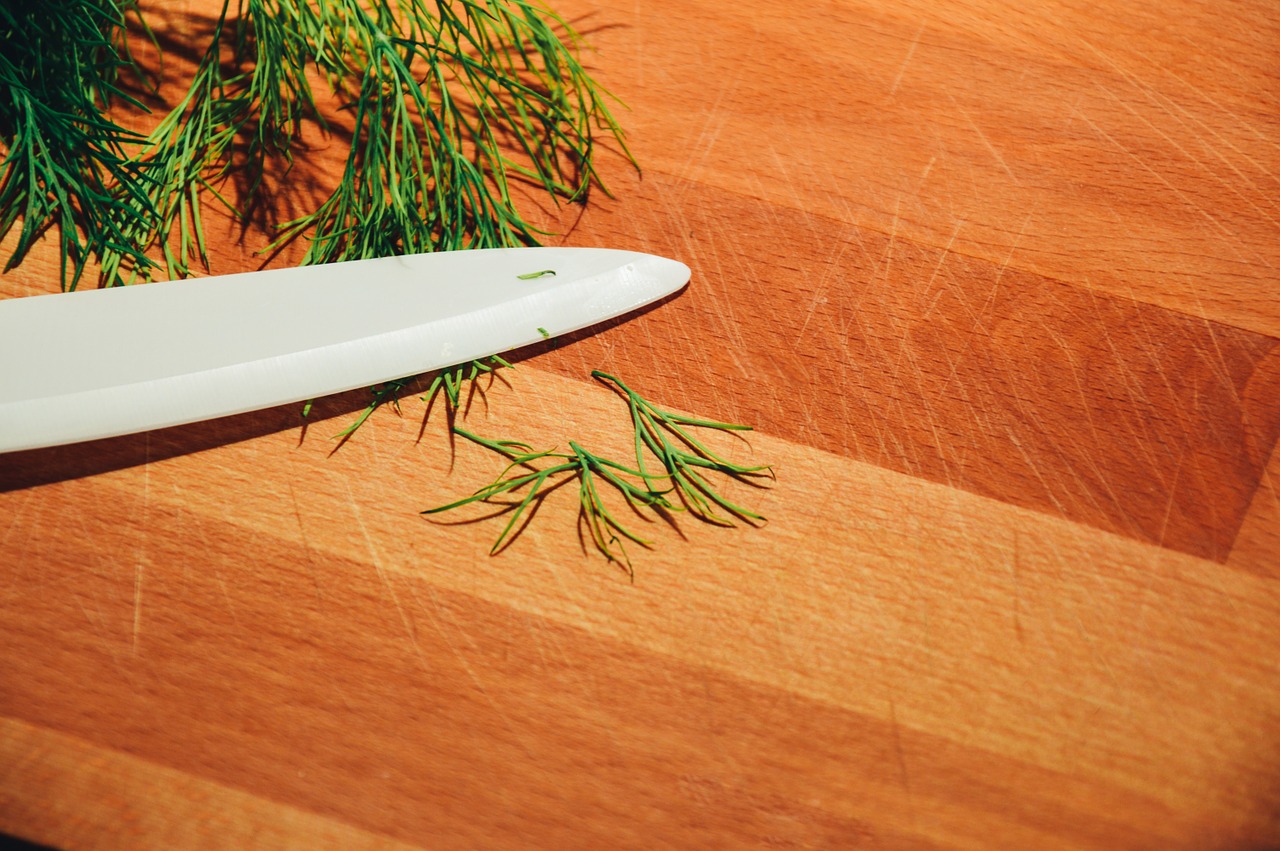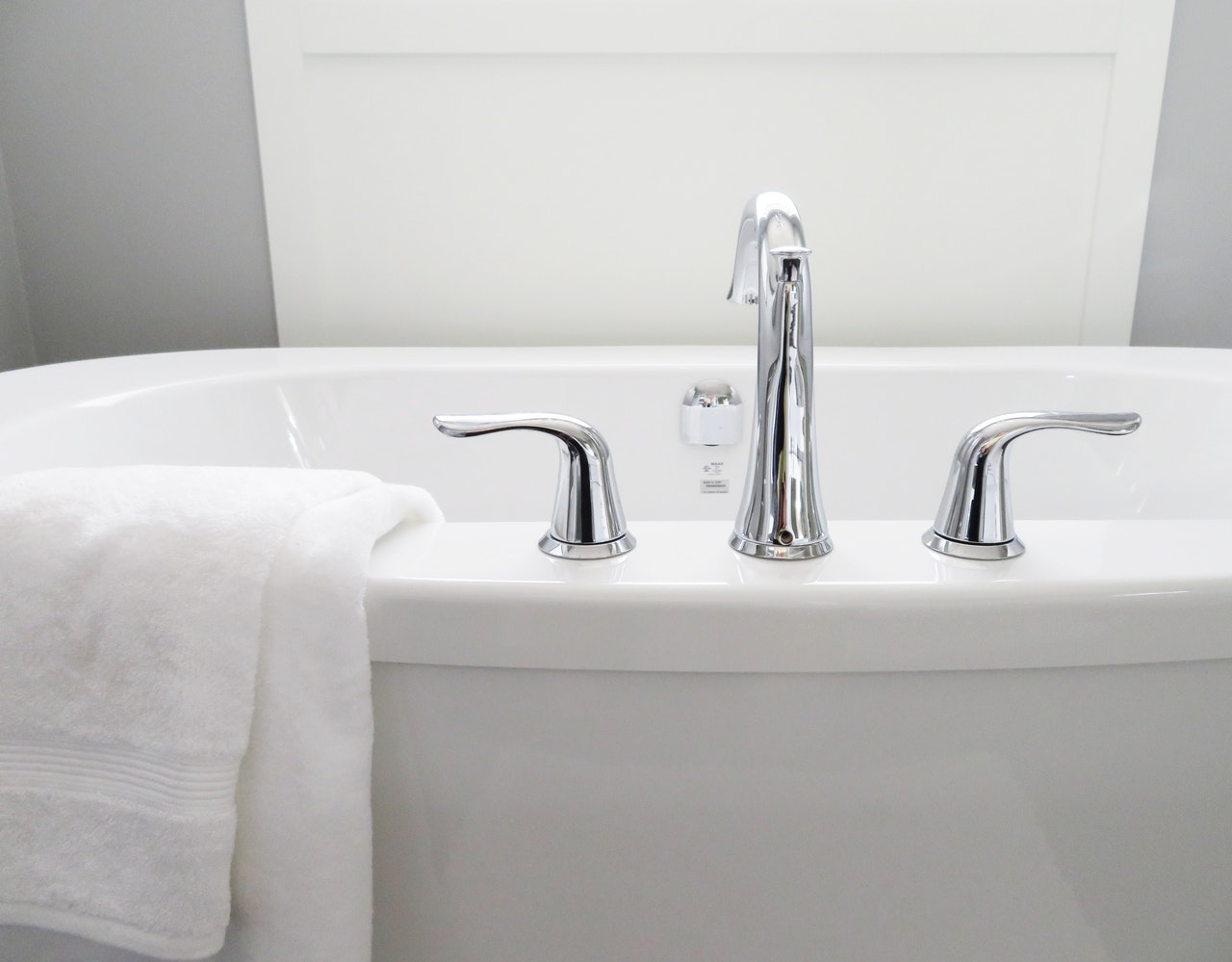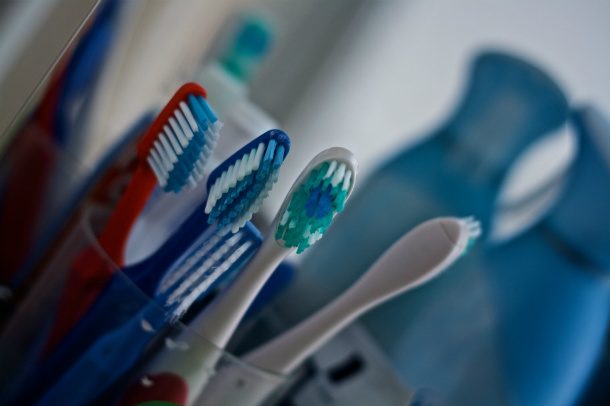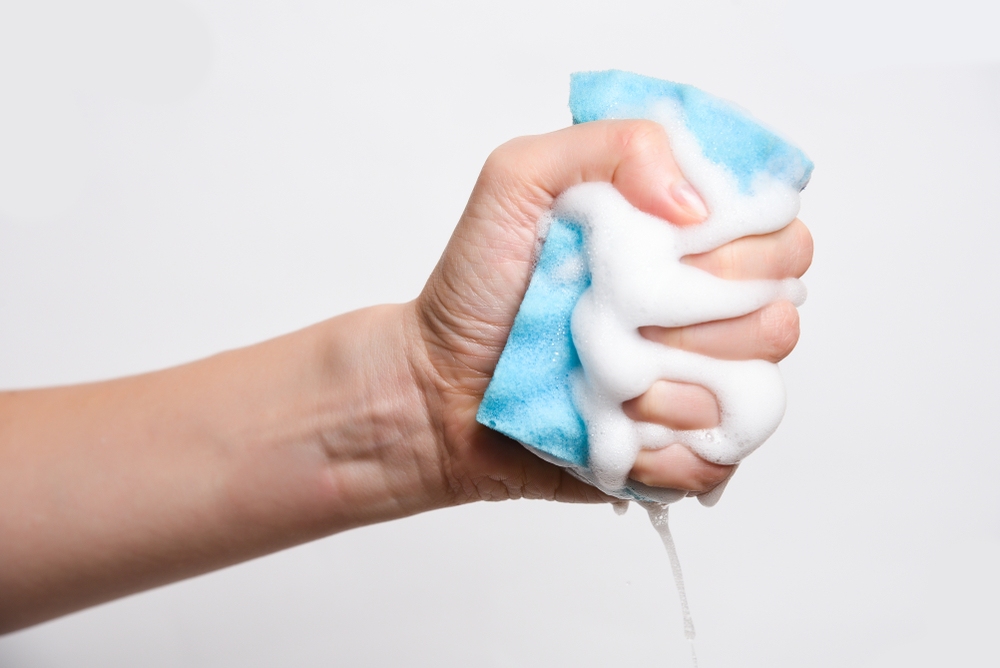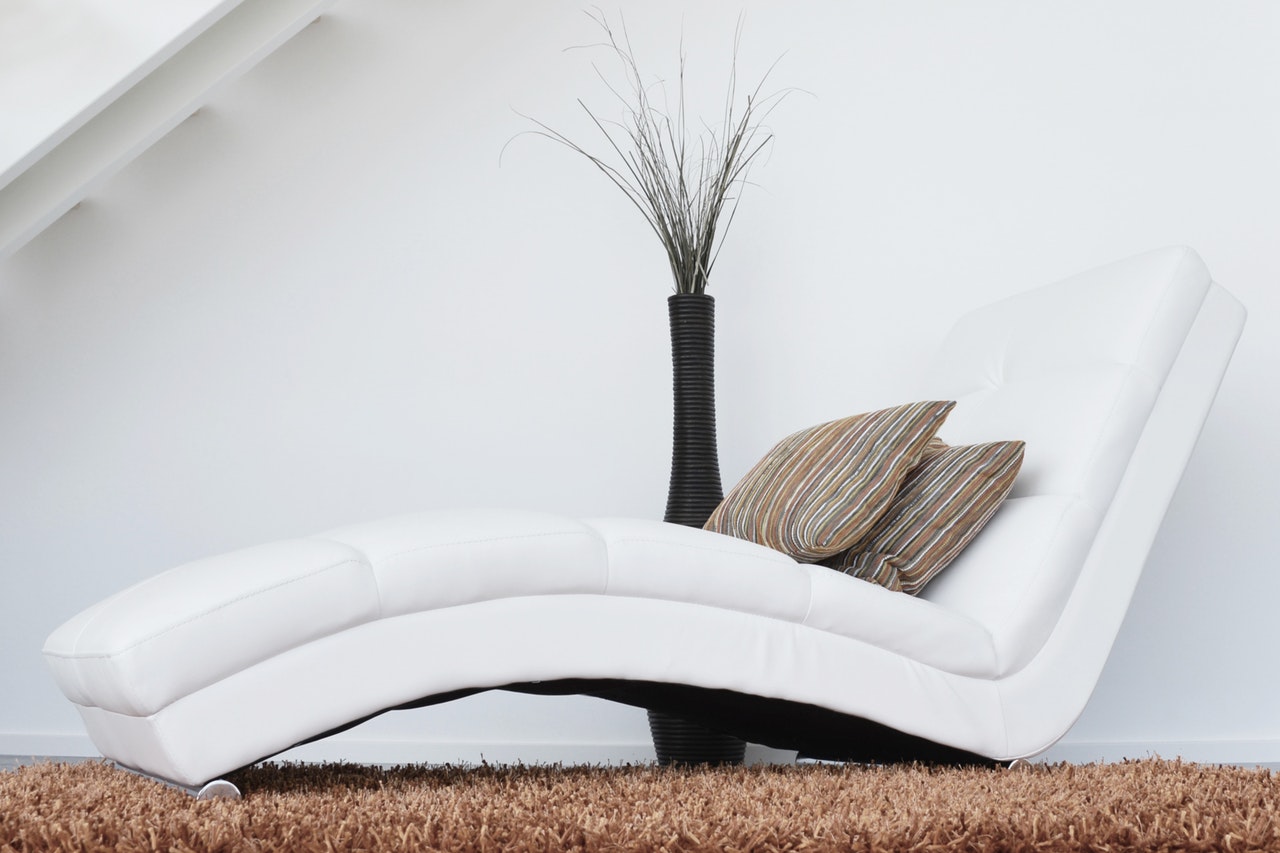Bacteria can be found on rocks, in oceans, soil, and even arctic snow. Many of them live on various other organisms, including on us. It’s a common belief that bacteria are present only in places that look dirty. However, bacteria can be found in seemingly clean places as well. You will be surprised to find out about the places bacteria flourish. While not all bacteria are harmful, and some can actually be beneficial to your health, there are numerous disease-causing bacteria. In this list, we will teach you about 25 surprising places bacteria thrive you won’t believe! As an added bonus we’ve also included ways you can combat all this bacteria buildup. Dusting your sheets and comforter before and after use, and washing them every week or two, can help prevent bacteria from accumulating. When not in use, most people store their mouthguards in a container or their backpack. Because it picks up so many germs from your mouth, which then multiply in the container, it becomes potentially harmful, even more so if you’ve touched it with dirty hands or dropped it on the floor and then put it in your mouth. Never use your mouthguard without washing it thoroughly first. You may need to scrub it with mouthwash and then rinse it thoroughly. Treasure your health, and don’t compromise it for a moment of ease. Scrub your pet’s hard toys with a mild bleach solution along with soap and water. As far as the soft toys go, throw them in the washer. Food that falls onto the floor, spilled drinks, and numerous other such incidents add to the germ accumulation. We recommend you to use sanitizer for your hands and try cleaning your sitting area with a disinfectant wipe if possible. Most importantly, wash your hands vigorously before and after your visit to the cafeteria. Clean the light switches with disinfectant wipes and wash your hands thoroughly after touching the light switches. According to research, money carries more bacteria than a toilet. Often, banknotes and coins feature pathogens like salmonella, E. coli, and staphylococcus aureus, all of which can cause serious illness. Wash your hands after touching money. Avoid contact with your eyes, nose, and mouth to avoid any infection. During the day, you eat, sneeze, cough, and touch different surfaces while using your cell phone, thus exposing it to all kinds of germs and bacteria. Additionally, when you take your phone to the bathroom with you, fecal aerosol from flushing infects your cell phone with harmful bacteria. We recommend that you wipe your phone with an antibacterial cloth or disinfectant spray at least once a day. Wash your hands before eating and avoid using your phone during your meal. Most importantly, do not take your phone to the bathroom with you. You can clean the handle with a disinfectant wipe before you use it. Also, make sure that you do not touch your mouth, nose, or eyes while using the shopping cart, to prevent any infection. Thoroughly wash your hands afterward, with soap. Clean the shakers with disinfectant wipes thoroughly while cleaning the table or kitchen counter. Also, wash your hands before reaching for these common objects. That way, you’ll be doing your part to keep them clean. After washing your hands, you can wash the faucet handle with soapy water. You can also clean and disinfect your faucet handles thoroughly with antibacterial wipes or disinfectant sprays. Do this every day to keep bacteria from accumulating. Sneezing, coughing, eating, touching the keyboard without clean hands, and many other activities during its use can lead to a large gathering of bacteria. You don’t want to get sick just because you were not careful with your gadget’s use. Wash your hands vigorously before and after using the keyboard. Regularly clean your keyboard with disinfectant wipes. You can also use disinfectant sprays available in the market, which are safe to use with these gadgets. According to some studies, coliform bacteria are found in the kitchen counters more often than in other places. Spray disinfectant solution (bleach and water) on the countertop, let it air dry, or wipe it down with a clean cloth. However, cleaning the toothbrush holder is as important as washing your toothbrush. If mold, yeast, or bacteria accumulates in these holders, it will eventually affect the cleanliness of your toothbrush. Additionally, if your toothbrush holder is placed near the toilet, it can result in the settling of fecal aerosol on its surface. We recommend that you put it in a cabinet to avoid direct contact with fecal aerosol. Moreover, wash it thoroughly every few days with hot, soapy water. While backpacks are your ultimate solution to a handy travel bag, lots of germs and bacteria can flourish on the base and the outer surface of the backpack. Be careful about what you touch your mouth, eyes, and nose after handling your backpack. Wash your hands thoroughly with soap. If the backpack is washable, wash it once every week. If not, wipe it down regularly with an antibacterial/disinfectant cloth. We recommend that you do not touch your mouth, eyes, or nose while handling the menu. After placing your order, wash your hands thoroughly with soap before having your meal. You can also use a sanitizer to clean your hands. Sneezing, coughing, and similar activities can create quite the germ infestation. We would recommend you avoid touching your mouth, nose, and eyes while using a computer in a computer lab. Wash your hands thoroughly with soap afterward to avoid any infection. Moreover, the TV remote falls on the floor and gets stuffed in the sofa cushions; people eat food, cough, sneeze while watching TV, all the while touching the remote. All these situations result in germs and bacteria accumulation on it. However, you can still try and keep it clean. Use a disinfectant wipe to sanitize it thoroughly, or you can use a spray and then wipe it clean. Additionally, always wash your hands before handling your remote. Follow the instructions provided in the manual to clean your coffee maker on a regular basis. You can also clean your coffee maker with some home remedies. Add 3 to 4 cups of white, undiluted vinegar to the reservoir. Vinegar is an excellent disinfectant. Let it sit for a good half an hour, then brew all of it. The next step involves running two to four cycles of fresh and clean water until the smell vanishes. You can wash the cutting boards thoroughly using a dishwashing liquid with hot, soapy water or in a dishwasher. Then place it vertically to allow the board to dry completely. Well, initially, the bacteria accumulate in the pipelines where the water is held. When you open the faucet, these bacteria make it to the bathtub and stay there. Not all of them go down the drain. They multiply fast, and the hot, steamy conditions serve as a comfortable home for bacteria. Bathtubs can be loaded with numerous kinds of bacteria containing streptococcus and E. coli, as well as staph aureus. You should clean and disinfect your bathtub regularly by spraying it with white vinegar or any good disinfectant. Let it stay for a while, and then scrub it off with a heavy-duty sponge. We recommend you clean your tub twice a week. Let us explain how this works. Toothbrushes are generally present in the bathroom. If left in a moist place, they won’t dry immediately, thus making room for bacteria to grow. Moreover, when you flush the toilet, fecal germs and bacteria shoot in the air in the form of aerosol spray – a phenomenon known as toilet plume. These mist particles can land anywhere in the bathroom, including on your toothbrush. We recommend that you either put your toothbrush in a cabinet or keep it outside of the bathroom. In addition to that, always close the toilet lid before flushing. When you use them to wash dishes, it’s like circulating the germs from one utensil to another. Similarly, dishcloths may accumulate germs and bacteria from repeated use. We would recommend you to opt for a reusable dishcloth instead of using a regular dishcloth. If you still prefer using a rag, wash it with hot water every one or two days. For cleaning your dish sponge, you can microwave your wet sponge for a minute or two, or boil it for several minutes to disinfect. We recommend that you change your dish sponge every two weeks. Why do bacteria thrive there? If dirty dishes are left unwashed in the sink, it invites the rapid multiplication of harmful bacteria. Additionally, you wash dirty veggies, raw meat, and various other things in your sink. All the filth that goes down the pipe results in plenty of bacteria. Clean your sink at least twice a week while giving special attention to its sides, the strainer, and the bottom. In addition to scrubbing these areas with a good disinfectant, mix a solution of one spoon of bleach with a quarter cup of water, and pour it down the drain. Don’t eat anything dropped accidentally on your floor. It takes less than a second for the bacteria to stick to your food. Carpets and rugs carry germs, dust, and bacteria that accumulate over time. In fact, nearly 4,000 times more bacteria may thrive in a carpet as compared to a toilet seat. We recommend you to steam clean your carpet by using hot water with a suitable detergent. You can also use a solution of vinegar to disinfect and clean the carpet or rugs. You can clean and disinfect doorknobs, handrails, and cabinet handles in your house by using disinfecting wipes. You can also use a solution of bleach with water or undiluted vinegar to spray on the desired areas. Afterward, you can scrub and clean them with a cloth or let them air dry. However, you cannot clean the doorknobs or handrails in public places such as a doctor’s office. In such a situation, we would recommend you to wash your hands thoroughly afterward.
